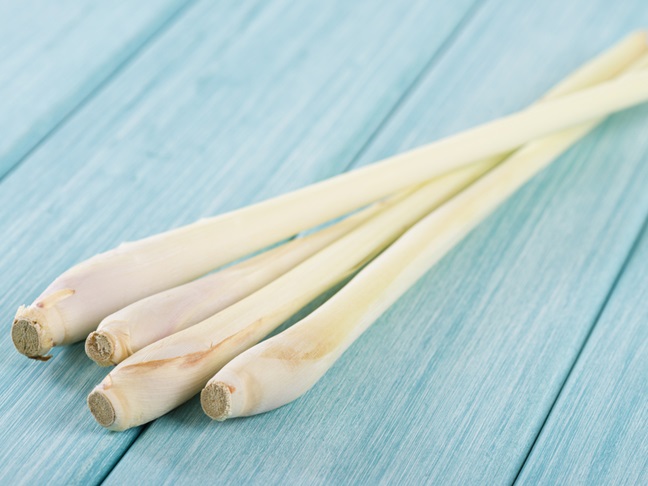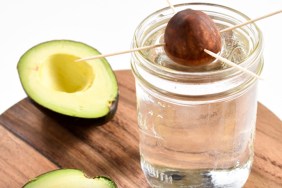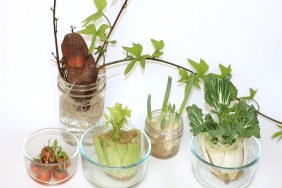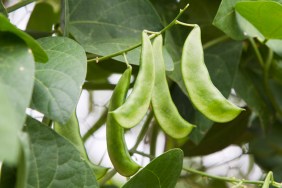In these days of high prices, low wages and general belt-tightening, you want to do everything you can to save money, so try growing your own fruit, vegetables and herbs. Incredibly, this can easily be done using scraps from your cooking that you would usually throw away. Not only is it a great money-saver, but it's an interesting project for kids–and it's simple. Learn how here:
Spring Onions (Scallions)
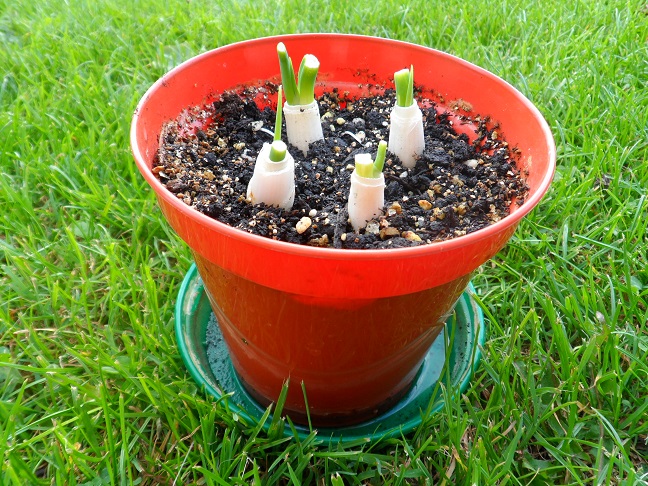
The white ends of these staples of stir fries are normally thrown away, but you can regrow them easily. Simply place them in a shot glass full of water and keep changing the water every day; they will regrow within a few days. If you like, you can plant them in soil once there has been sufficient root growth (see photo), which will help your plant last a lot longer and grow faster. Once they are grown, just cut off what you need and they will continue to regrow!
Lemongrass
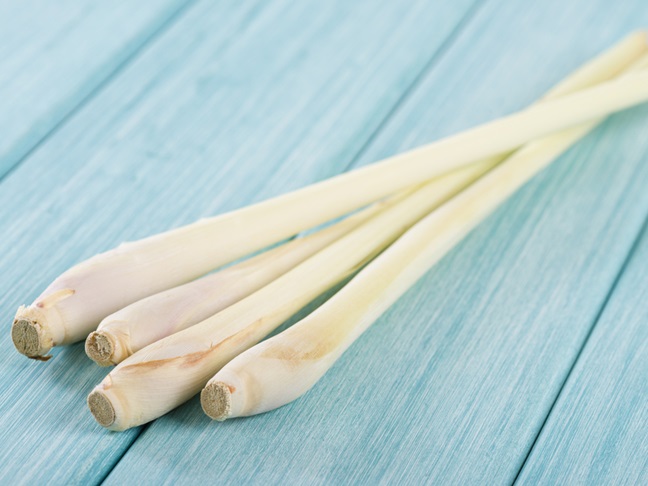
Using the bottoms of the lemongrass stalks, place them in water and change this every couple of days, eventually you will see new growth, usually in a matter of weeks. Remember, lemongrass thrives in sunny spots, so be sure to place your cuttings by a window! Like spring onions, you can just cut off what you need and leave the stalk to regrow. Transplant into a pot once growth is established for best results.
Onions

When using onions in cooking, normally you’ll cut off the tops and bottoms of the onion before peeling and slicing it. If you take the bottom segment (ideally with a little of the flesh still attached), dry off for a few hours and plant in a house plant pot, it will eventually grow some leaves, at which point you can replant in an area with more space, where it will develop fully after a little while.
Peppers and Chilies
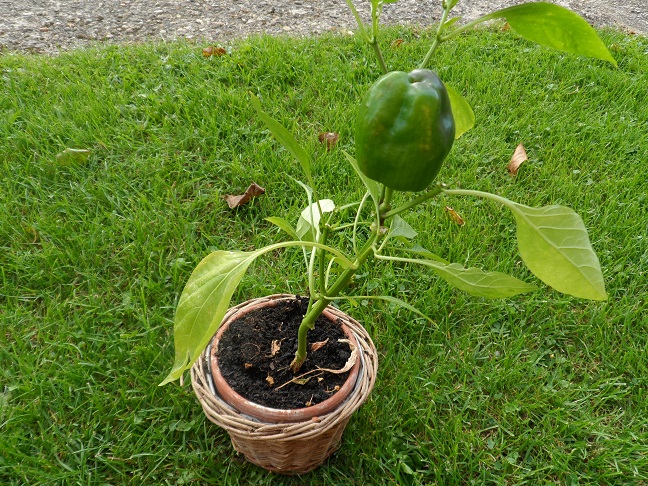
These plants are closely related and as such can be grown in the same way. Nearly fill a pot with compost. scatter over some seeds and finish filling the pot, then water lightly. Cover with cling film and place on a windowsill or other warm place until they germinate. At this point, remove the cling film and keep in sunlight. Once the seedlings are about 2cm tall they can be moved to their own pots, and eventually outdoors if you have available space. Remember, these plants can grow quite tall so may need to be attached to a wooden cane to assist in keeping them straight. After eating the fruit, save some seeds to repeat the process and you will never need to buy peppers or chilies again!
Celery
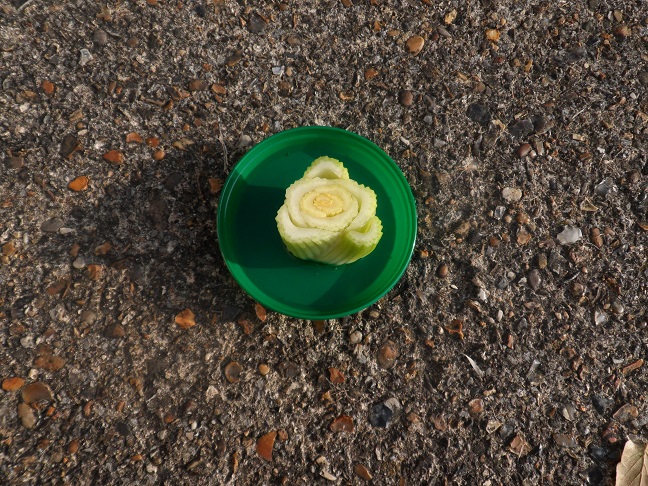
For this you need the base of a bunch of celery, once the stalks have been removed and used. Place the celery scraps in a bowl or saucer of warm water with the cut edges facing upwards. After about a week you will see some fresh leaf growth coming from the base (be sure to change and top up the water every few days!), at which point you can plant the celery either outside or in a suitably sized pot (or you can keep growing the base in water, although this will slow down its growth). It may be a matter of months before the plant is ready to use, but the results are well worth the wait.
